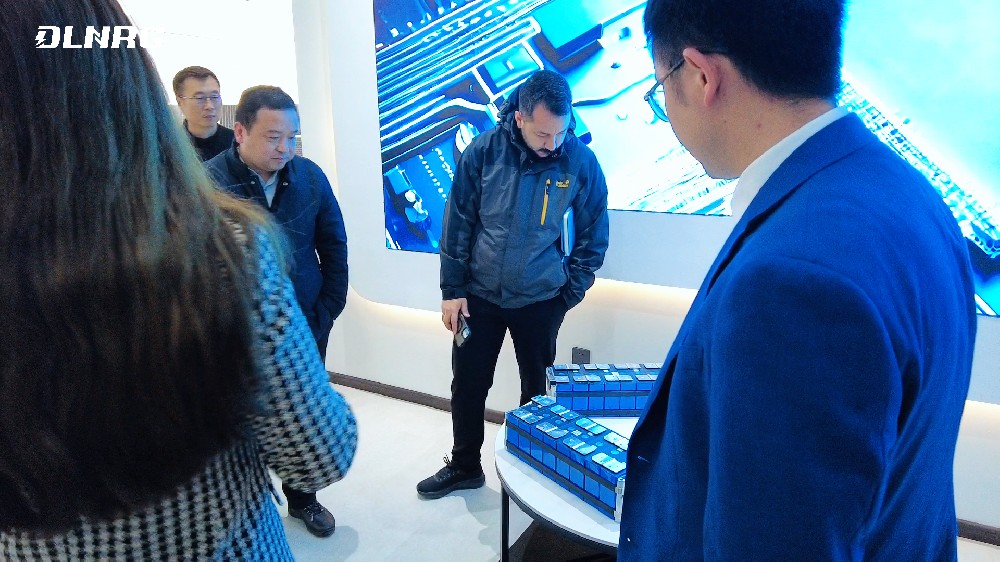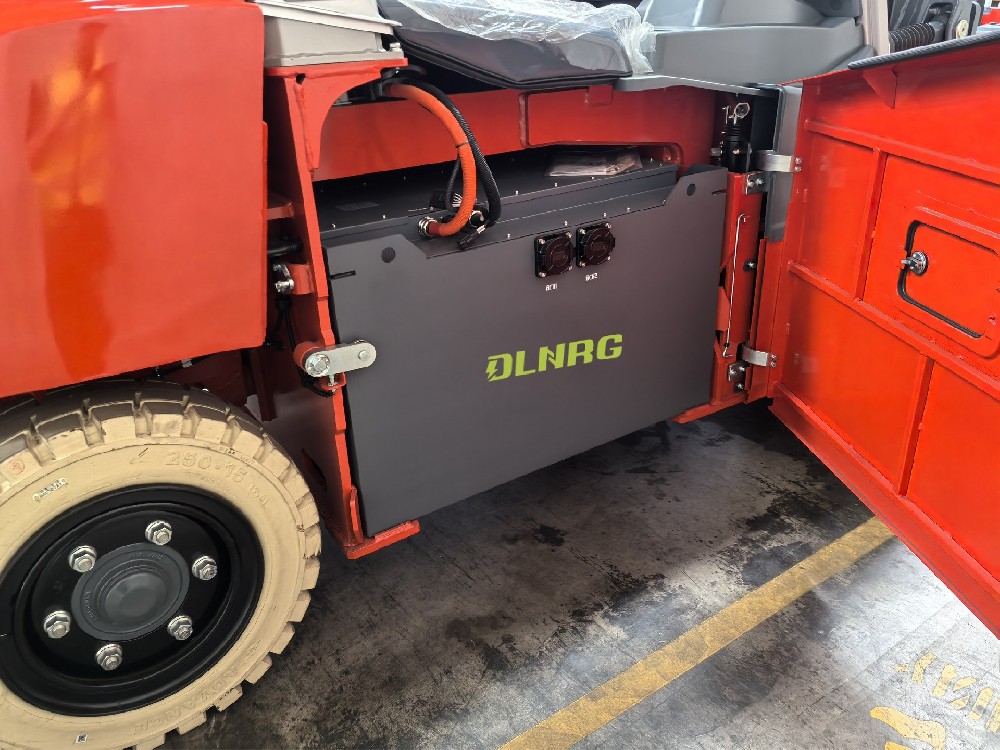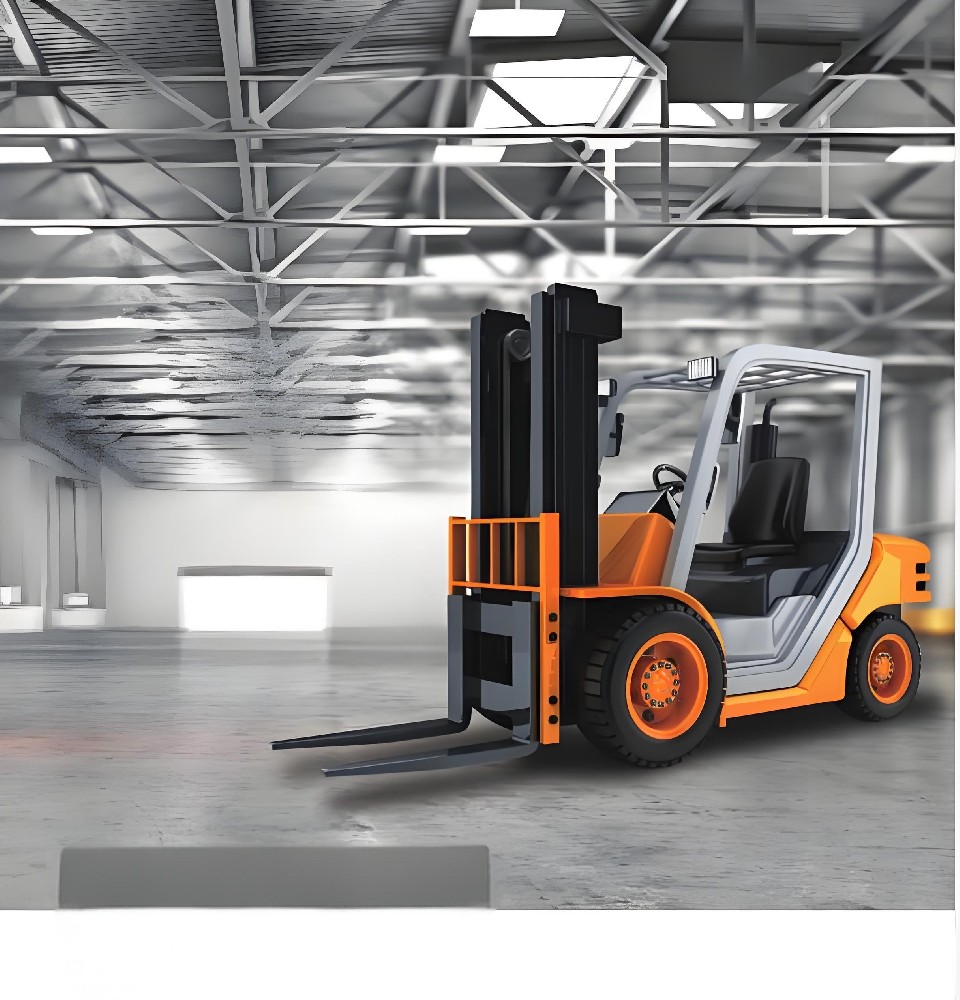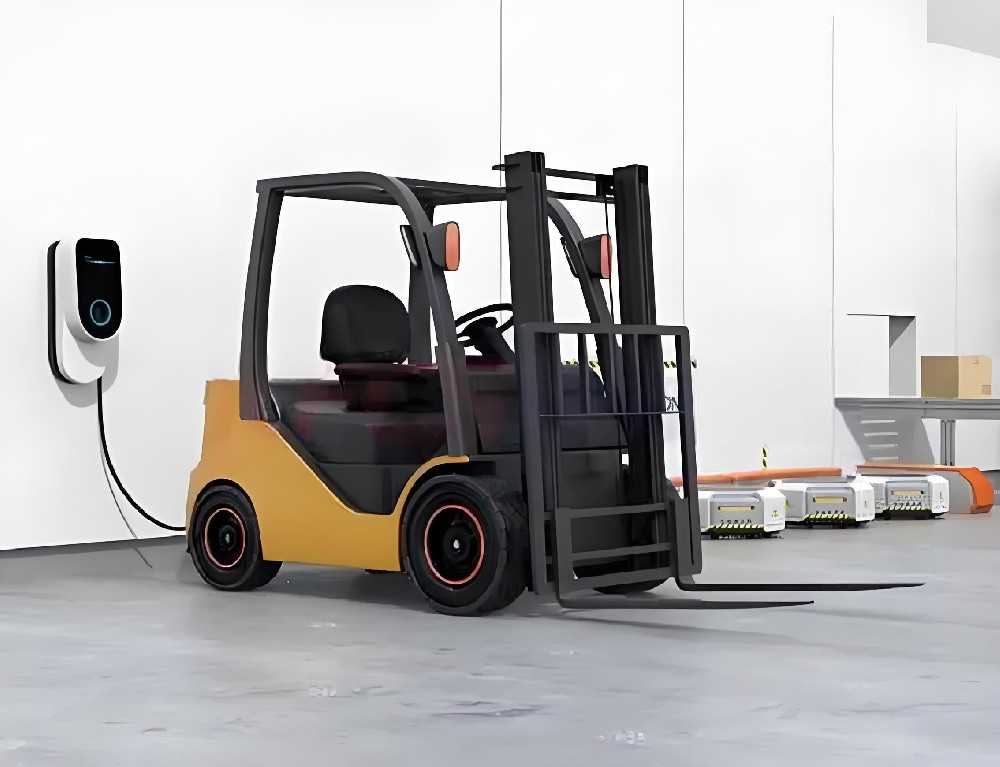In today’s fast-paced industrial environment, lithium forklift batteries have become a popular choice for powering material handling equipment. They offer increased performance, longer lifespan, and lower total cost of ownership compared to traditional lead-acid batteries. However, to fully harness these benefits, it’s essential to maintain these advanced energy storage systems properly. This article presents a set of practical tips for ensuring the optimal performance of lithium forklift batteries through maintenance and care.
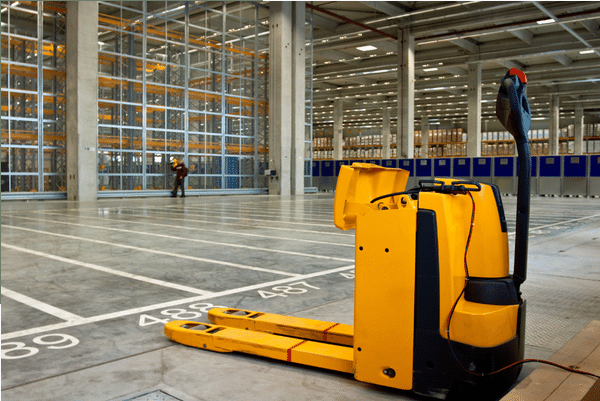
1. Regular inspection and cleaning Carrying out routine inspections and cleaning will keep your lithium forklift battery in top condition. Here’s what you should focus on: Inspect the exterior: Check for any cracks, leaks, or signs of damage on the casing. Promptly address any issues to prevent potential hazards. Keep terminals clean: Dirty or corroded terminals can hinder optimal performance. Clean the terminals with a soft, dry cloth to remove any residue or debris. Check the connectors: Ensure that the connectors are in good shape and fit snugly. Replace any damaged connectors to maintain efficient energy transfer between the battery and equipment. 2. Equalize the cells Balancing the cells in a lithium battery pack is essential for prolonging its life. If your battery comes with an onboard Battery Management System (BMS), it will perform cell balancing automatically. However, it’s still a good practice to perform periodic manual cell balancing through the use of an external charger with an equalization function. 3. Proper charging practices Adhering to proper charging practices helps maintain the health of your lithium forklift battery. Follow these guidelines: Follow the manufacturer’s recommendations: Always charge the battery according to the manufacturer’s guidelines. Overcharging or undercharging can reduce the battery’s performance and lifespan. Use the right charger: Invest in a high-quality charger designed specifically for lithium batteries. This type of charger ensures the battery receives optimal and safe charging. Avoid charging at extreme temperatures: Keep the charging area well-ventilated and within the recommended temperature range for lithium batteries, typically between 32°F (0°C) and 113°F (45°C). 4. Efficient energy management One of lithium’s advantages is its ability to provide consistent performance throughout its discharge cycle. Nonetheless, efficient energy management helps extend the lifespan of your forklift battery: Monitor capacity: Check the battery’s state of charge regularly to avoid deep discharges, which can be detrimental to its health. The BMS should give you real-time information about your battery’s state of charge. Limit standby time: Excessive idling time and long periods of inactivity can impact battery longevity. Encourage operators to turn off equipment when not in use and avoid unnecessary standby time. 5. Store batteries properly If you need to store your lithium forklift battery for an extended period, follow these recommendations: Maintain a partial state of charge: Store your battery with a state of charge between 50% and 70%. Storing at a higher or lower charge level can speed up battery degradation. Choose a cool, dry place: Select a storage area away from direct sunlight, heat sources, and moisture. Keep the storage temperature within the recommended range.

6. Train operators on battery care Operator training is crucial in maintaining your lithium forklift battery. Equip your staff with knowledge about proper battery use, charging procedures, and safety guidelines. In conclusion, adhering to these maintenance tips will help you get the most out of your lithium forklift battery investment. With regular inspection, proper charging practices, and efficient energy management, your battery will deliver optimal performance, extended lifespan, and a lower total cost of ownership. 11. Stay aware of temperature fluctuations Extreme temperatures can adversely affect the performance and lifespan of lithium forklift batteries. Whether it is extreme heat or extreme cold, it’s crucial to regulate the ambient temperature where your battery operates: Avoid high temperatures: Elevated temperatures can cause premature aging of the lithium-ion cells, reducing the battery capacity over time. Protect from freezing conditions: Likewise, freezing or near-freezing temperatures can damage the battery capacity and potentially lead to physical damage to the battery components. Implementing temperature-controlled environments for battery operation or storage can help maintain their long-term performance. 12. Ensure battery ventilation Good ventilation is necessary around your lithium forklift battery, especially during charging. While lithium batteries do not release gases such as lead-acid batteries, they can still heat up significantly during charging. Well-ventilated areas help dissipate this heat effectively. 13. Schedule regular battery capacity testing Battery capacity testing determines how much charge a battery can hold compared to when it was new. As batteries age, their capacity to hold charge gradually decreases. Conducting battery capacity testing regularly is not only a good maintenance practice but also helps you decide when a battery may need replacement. 14. Use proper handling equipment Incorrect handling can result in physical damage to lithium batteries. Always use the appropriate handling equipment to move and install batteries. Furthermore, never lift a battery by its cables, as this may lead to disconnections or other damage. 15. Implement a comprehensive battery management program Lastly, implementing a comprehensive battery management program is vital for ensuring optimal maintenance of your lithium forklift batteries. This includes regularly updating maintenance procedures as per manufacturer’s guidelines, training staff, scheduling routine inspections, managing battery charging and discharging cycles, and data analytics to predict potential battery issues. In conclusion, lithium forklift batteries, while robust and durable, require diligent care and maintenance to ensure their optimal performance. By complying with these maintenance tips and recommendations, operators and businesses can reduce downtime, save on operational costs, and extend the life of these valuable power assets, ensuring sustainability and efficiency for their material handling needs. 16. Observe safety guidelines during battery maintenance Safety is of utmost importance when working with lithium forklift batteries. Ensure that the maintenance staff adhere to the following safety guidelines: Wear protective gear: Maintenance personnel must wear gloves, safety goggles, and other protective equipment to avoid injuries while handling the battery. Disconnect the battery: Before performing any maintenance tasks, always disconnect the battery from the forklift and turn off the charging system. Avoid short-circuit: Do not use metallic tools and objects when working with the battery. Metallic objects may cause a short-circuit leading to sparking, fires, or explosion risks. Prioritize safety to prevent accidents and injuries when maintaining and servicing lithium forklift batteries. 17. Keep an up-to-date maintenance log Maintaining a comprehensive, up-to-date maintenance log for each lithium forklift battery is vital to ensure consistent and thorough care. The log should include: Inspection dates and findings Maintenance tasks performed Identified issues and corresponding resolutions Battery capacity test results Firmware and software updates An organized and detailed maintenance log helps identify patterns and trends that may indicate potential recurrent issues or areas needing improvement. 18. Stay informed about technological advancements Technologies related to lithium forklift batteries are continually evolving. Staying informed about advancements in battery technology, energy management systems, and diagnostic tools can help you leverage cutting-edge solutions for better performance and maintenance. Subscribe to industry publications, attend workshops, and participate in conferences to keep abreast of the latest developments in the industry. 19. Develop a battery maintenance schedule Having a well-planned battery maintenance schedule is instrumental in ensuring that necessary actions are taken regularly. This plan should encompass: Inspection and cleaning routines Capacity testing Firmware and software updates Preventive maintenance services Ensure that the maintenance schedule is easily accessible to the relevant staff and that adherence to the timeline is consistently monitored. 20. Foster effective communication with battery suppliers Establishing proactive communication with your lithium forklift battery supplier can contribute to better maintenance practices. This collaboration may involve: Technical support and assistance Access to informative resources, such as user manuals, guidelines, and expert insights Product updates and information on new battery technologies Cultivating strong relationships with battery suppliers is essential to ensuring that you receive the necessary support and knowledge for effective battery maintenance. By integrating these additional 10 maintenance tips and best practices into your lithium forklift battery care regimen, you can further improve battery performance, enhance safety, and extend the battery’s service life. The result will be a more efficient, cost-effective, and sustainable approach to handling your material management needs. 21. Implement a Battery Monitoring System In addition to the Battery Management System, employing a battery monitoring system can help with real-time analysis and predictive maintenance. A comprehensive system will monitor aspects such as voltage, temperature, current, and the state of charge or discharge, thereby helping predict potential failures and optimizing charging schedules. 22. Promote Battery Care Awareness Awareness among the workforce is a crucial aspect of battery maintenance. Regular training sessions and workshops should be organized to keep the workforce updated on maintenance procedures, safety protocols, and handling guidelines. 23. Use Genuine Replacement Parts When replacing parts of your battery system or charging equipment, it’s critical to source genuine and manufacturer-approved parts. Non-genuine or incompatible parts may hamper the performance of the battery and could also compromise the safety protocols set by the original manufacturing standards. Conclusion Lithium forklift batteries are a powerful and efficient solution for various material handling operations. Their longer life cycles, fast charging capabilities, and overall performance advantages make them an attractive choice for many businesses. To fully reap the benefits of this cutting-edge technology, it’s vital to adhere to proper maintenance practices and safety protocols. We have outlined 30 valuable tips covering inspection, cleaning, testing, and overall battery management which, if diligently followed, will not only lead to an extended battery life but also help avoid downtime, improve safety, and reduce operational expenses. By empowering your workforce with battery care awareness, leveraging technological advancements, and fostering effective communication with suppliers, you will ensure optimal performance and longevity for your lithium forklift batteries. Investing in the regular upkeep of your battery systems showcases your commitment to environmental sustainability, efficiency, and maximizing the performance of your forklift fleet. By embracing a comprehensive battery maintenance approach, your organization can confidently move forward, operating both reliably and sustainably in this competitive and fast-paced material handling landscape.
